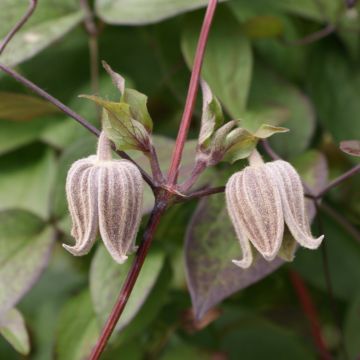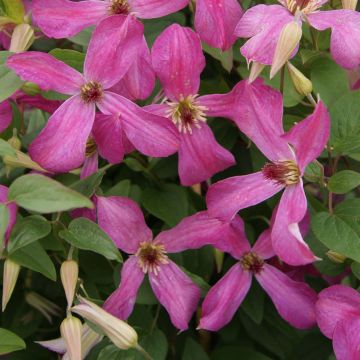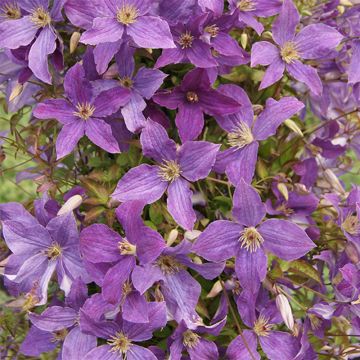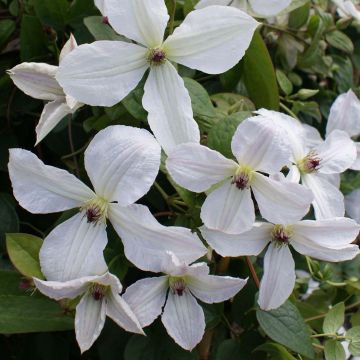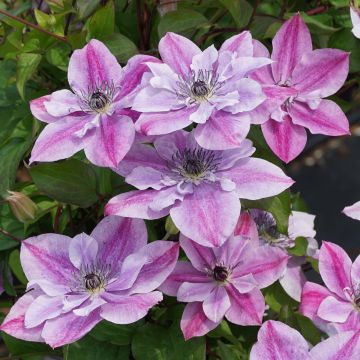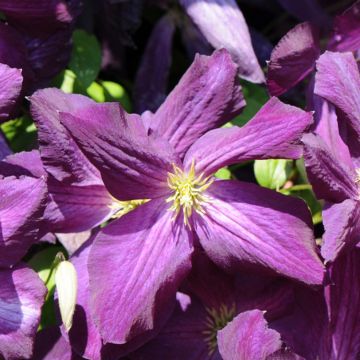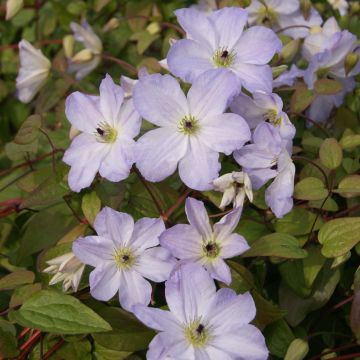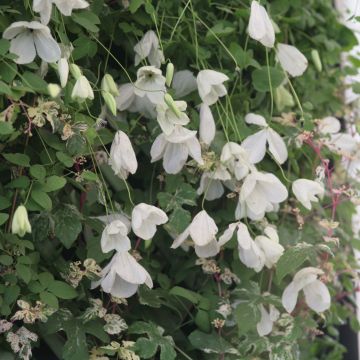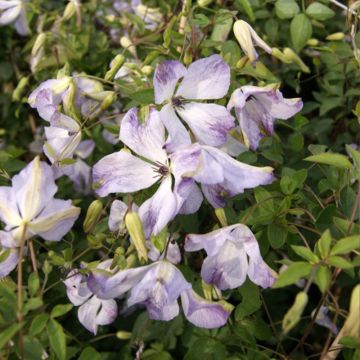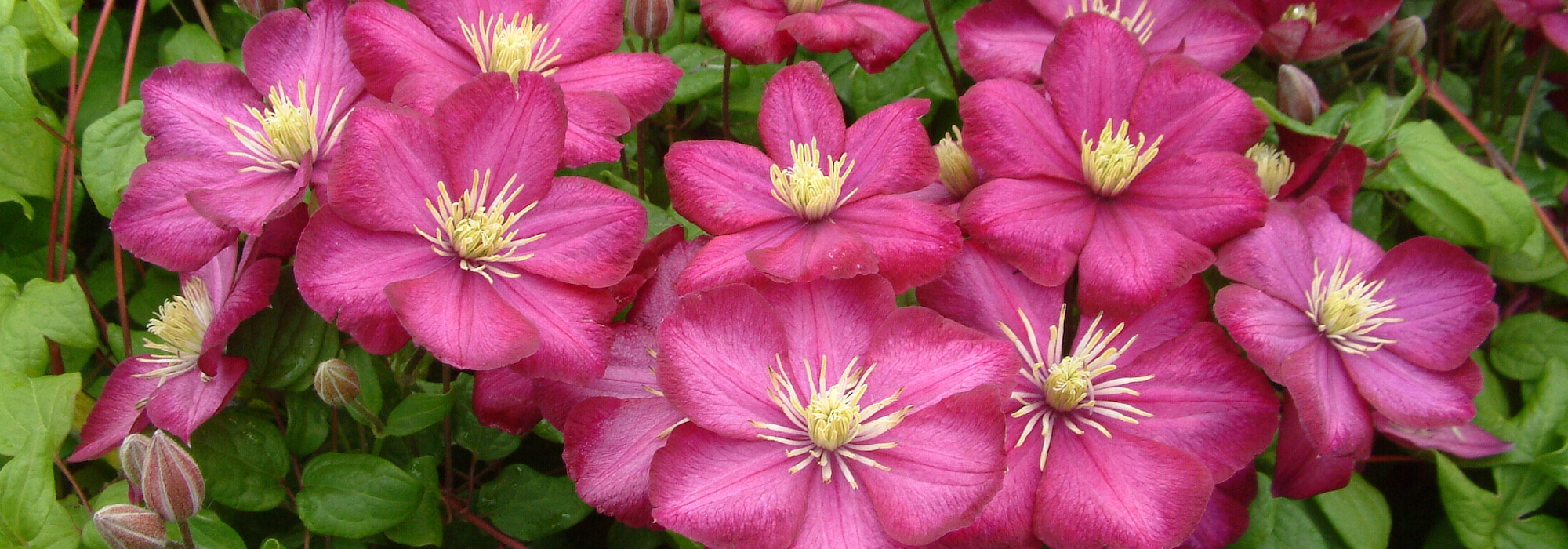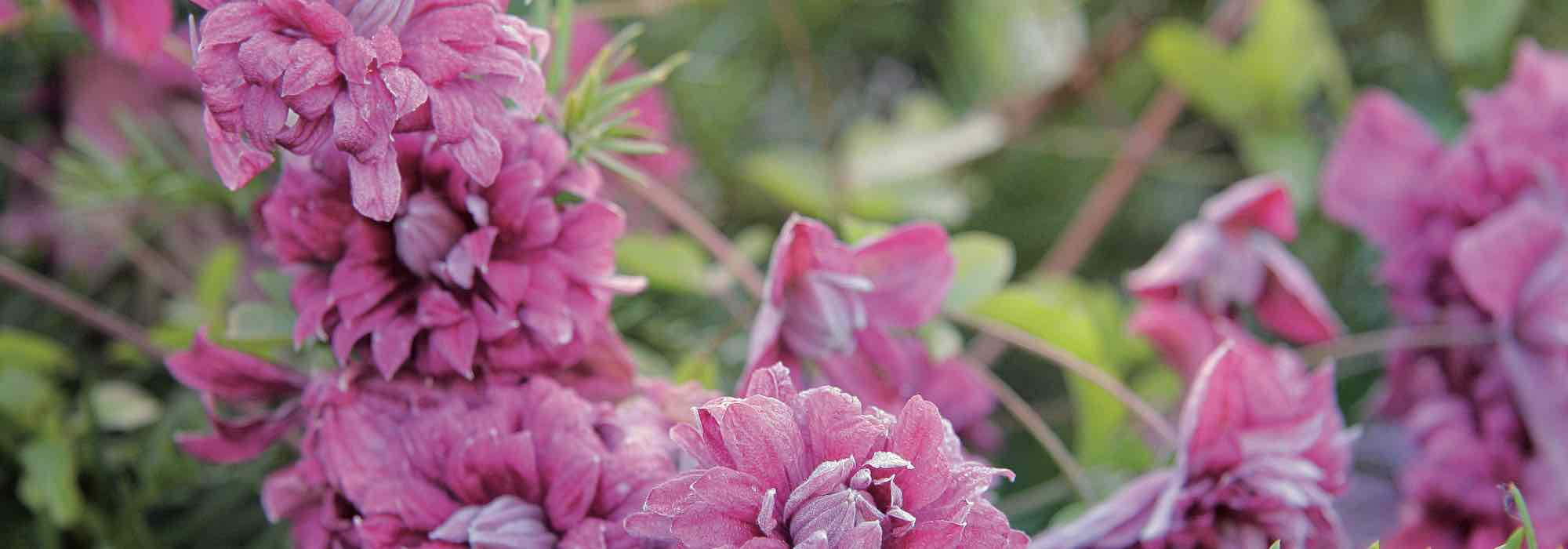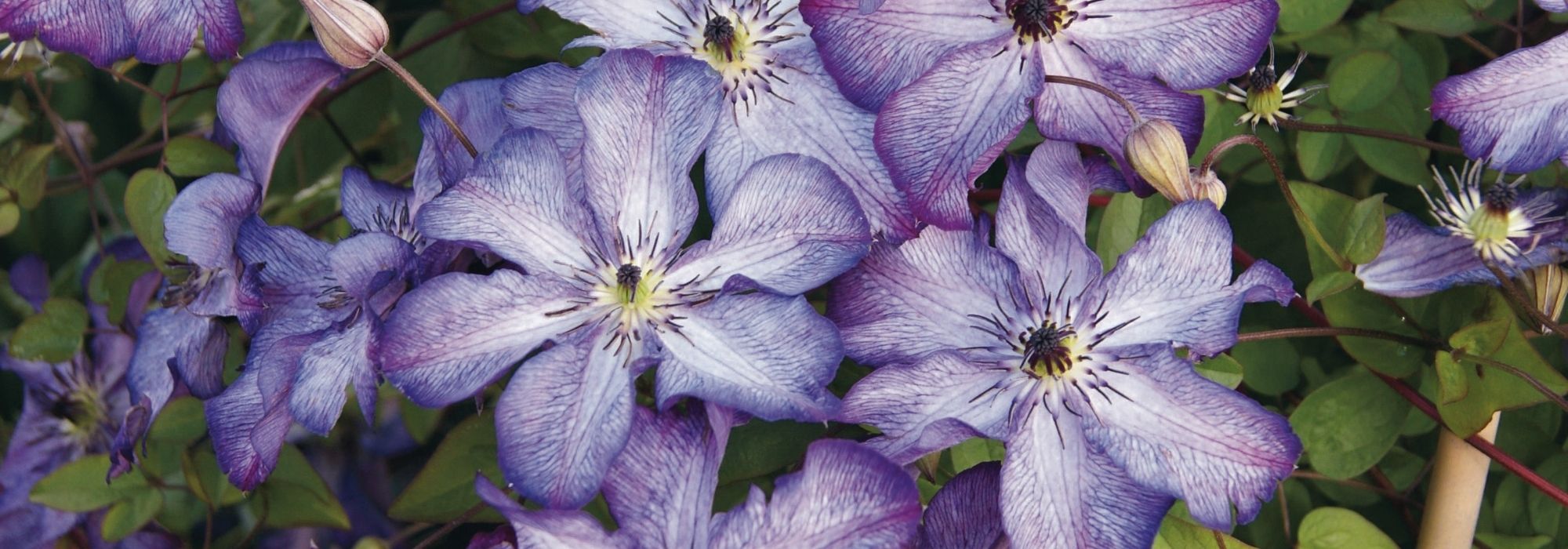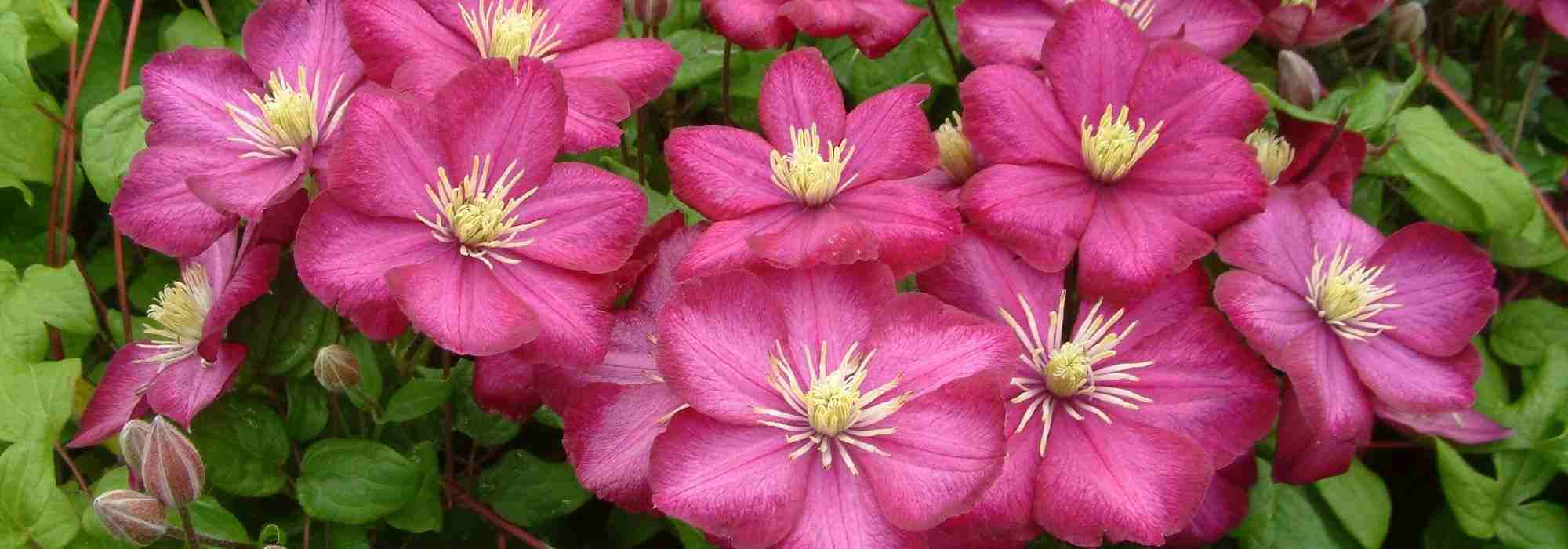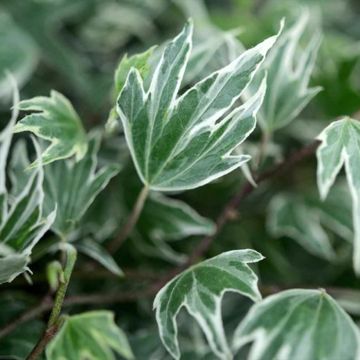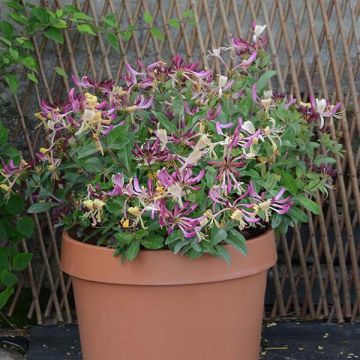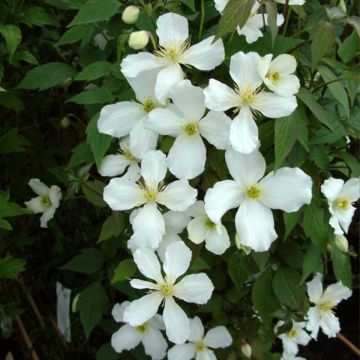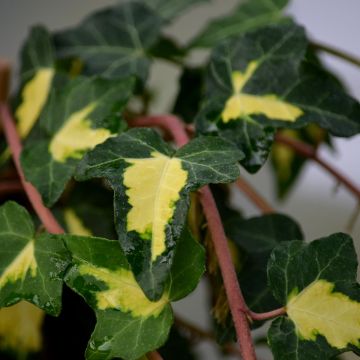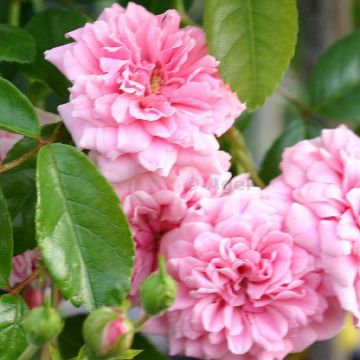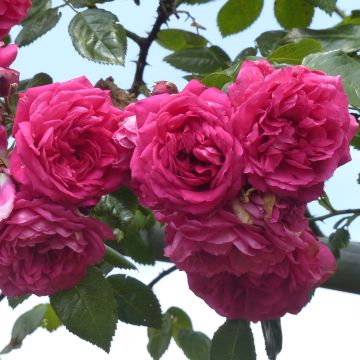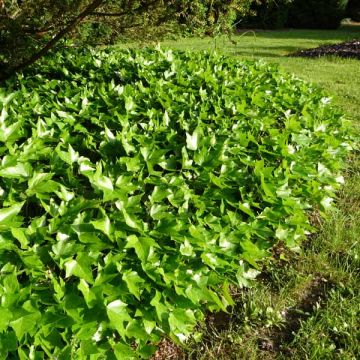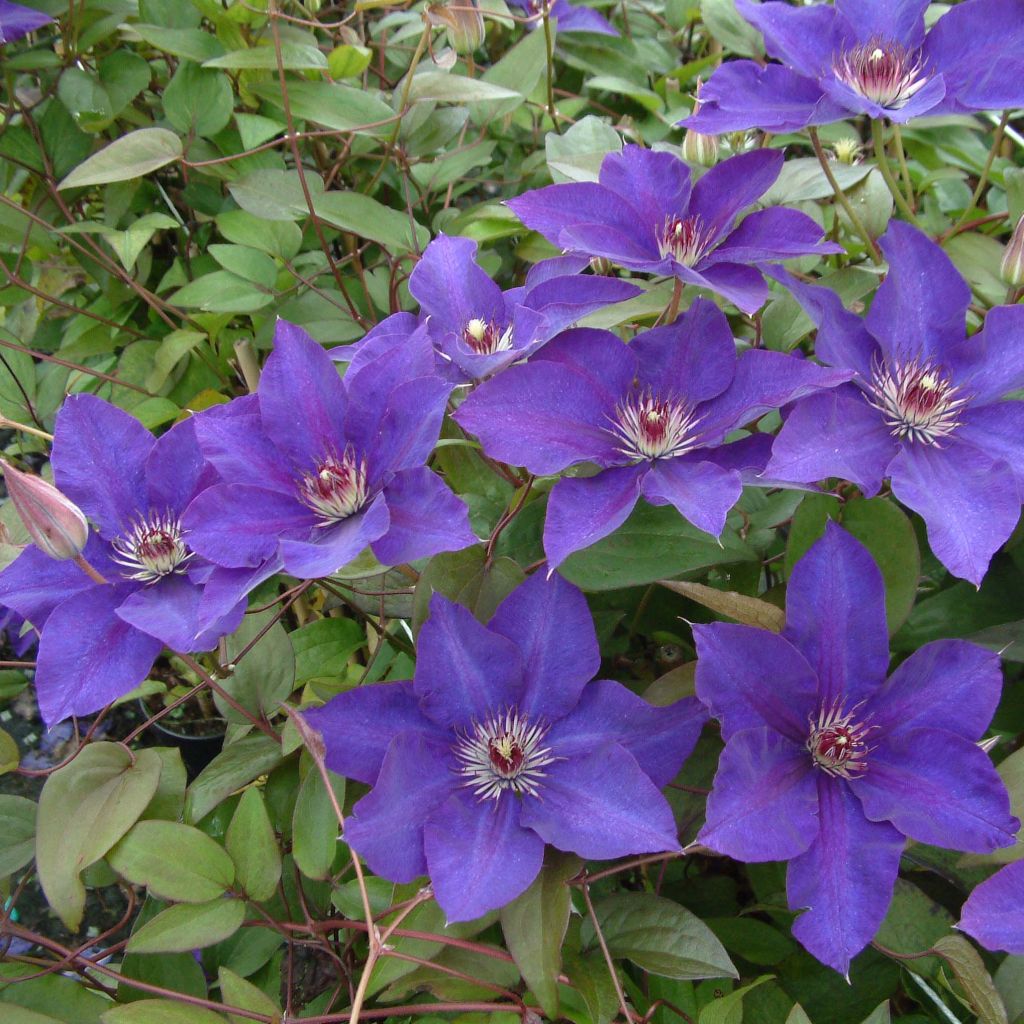

Clematis The President
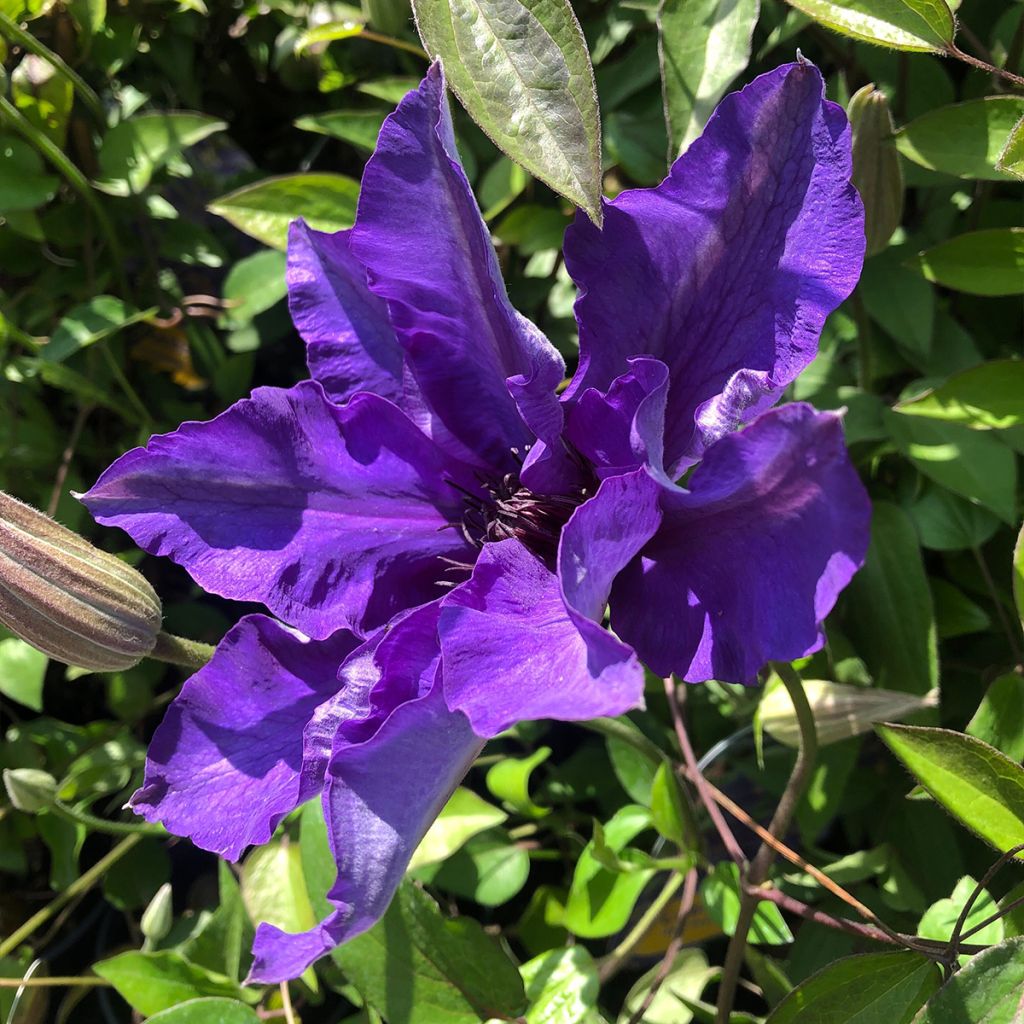

Clematis The President
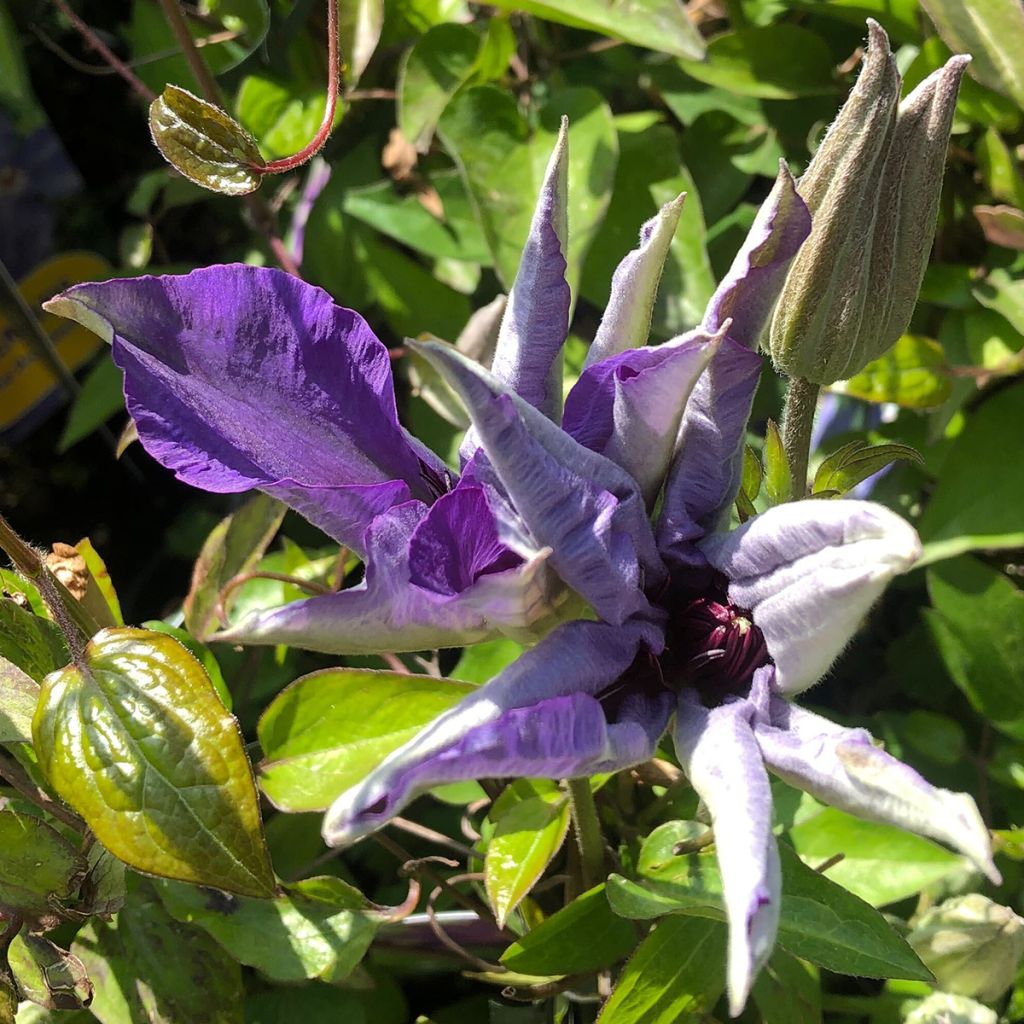

Clematis The President
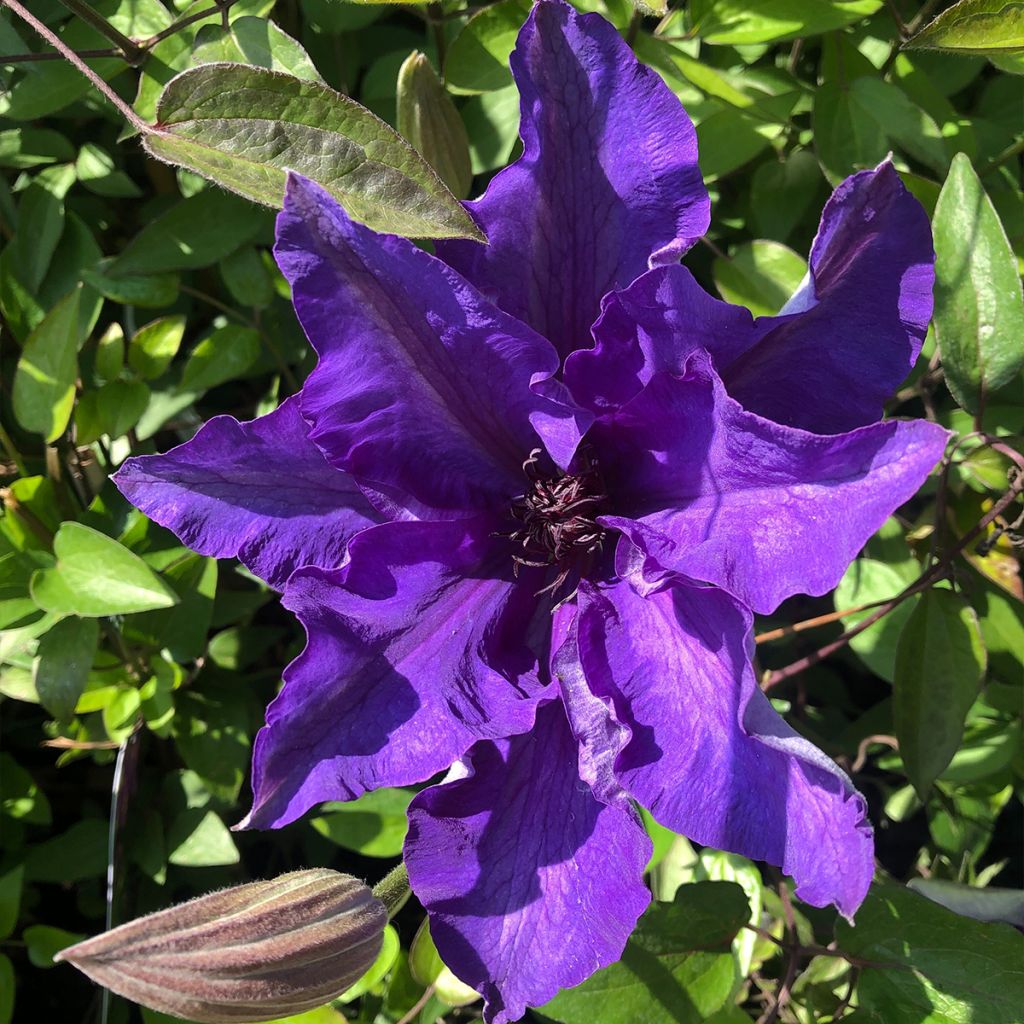

Clematis The President
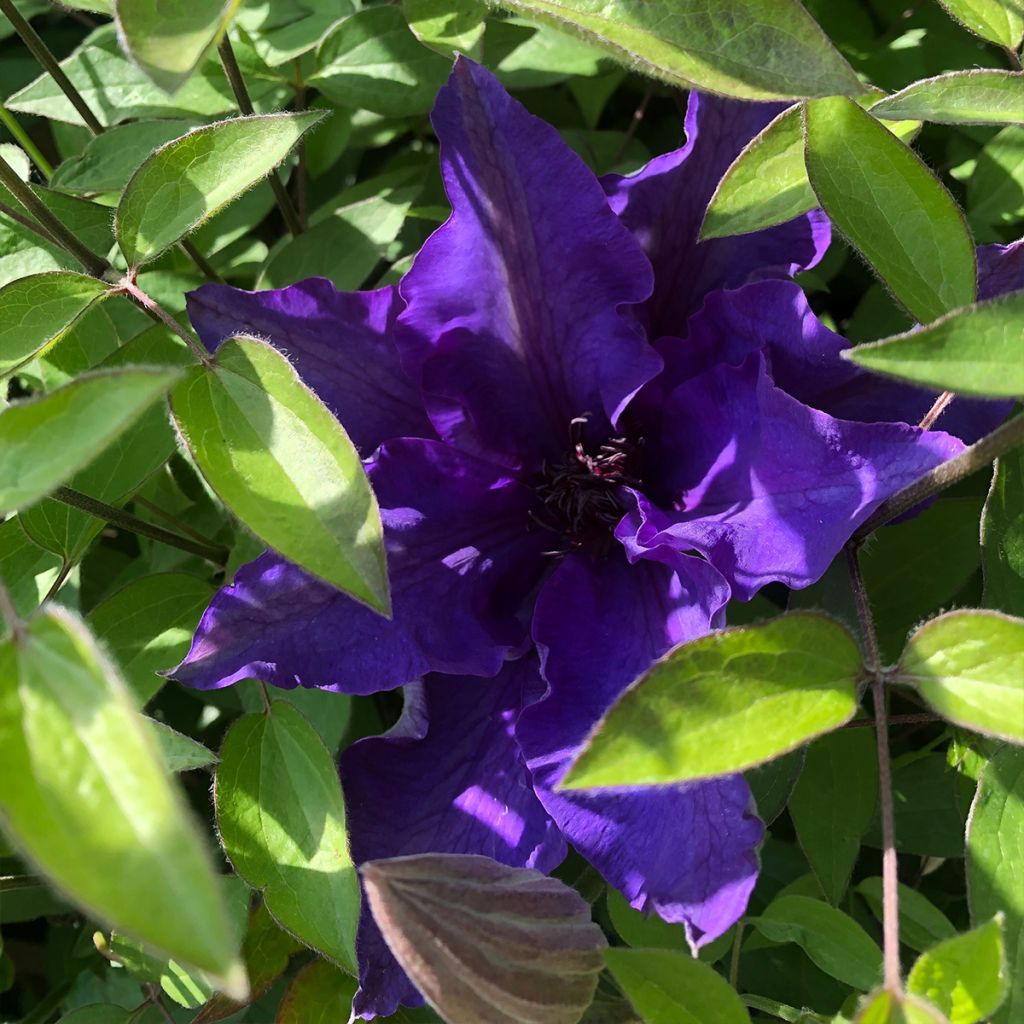

Clematis The President
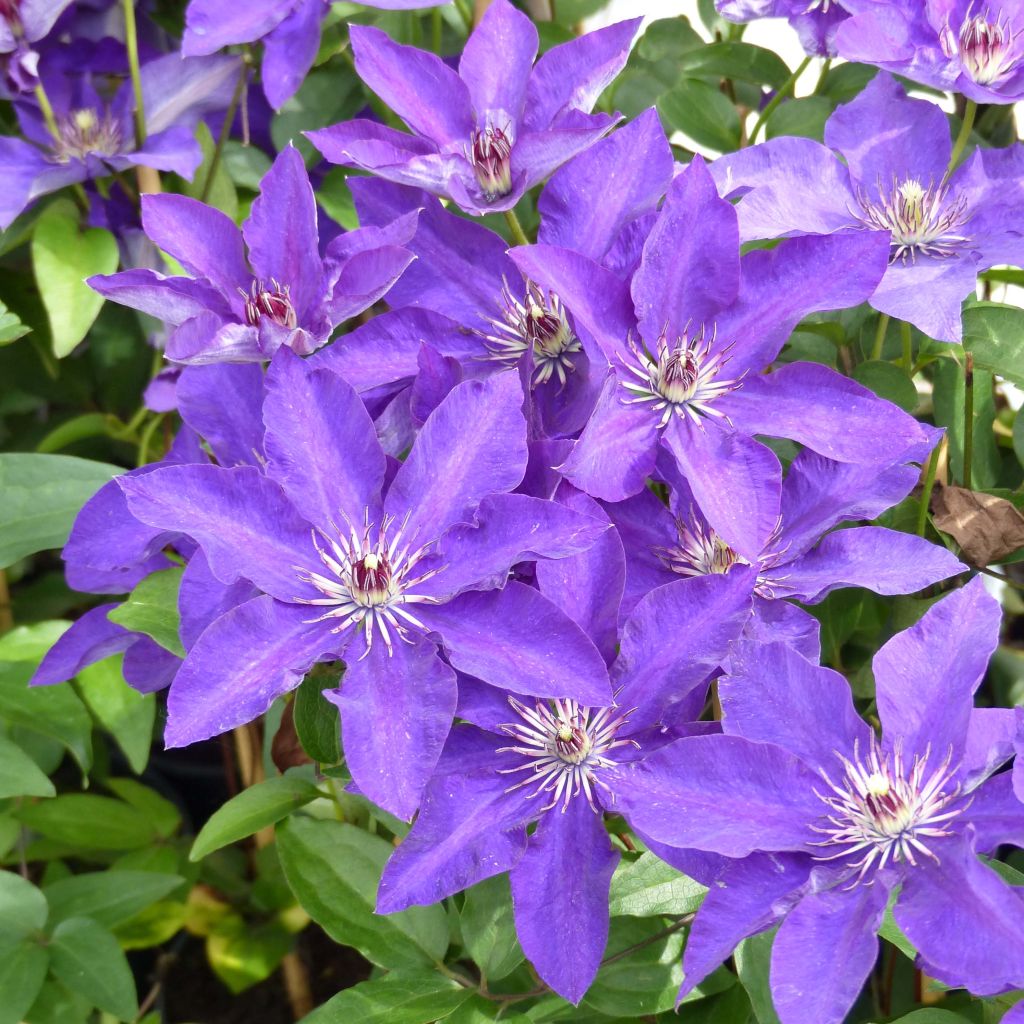

Clematis The President
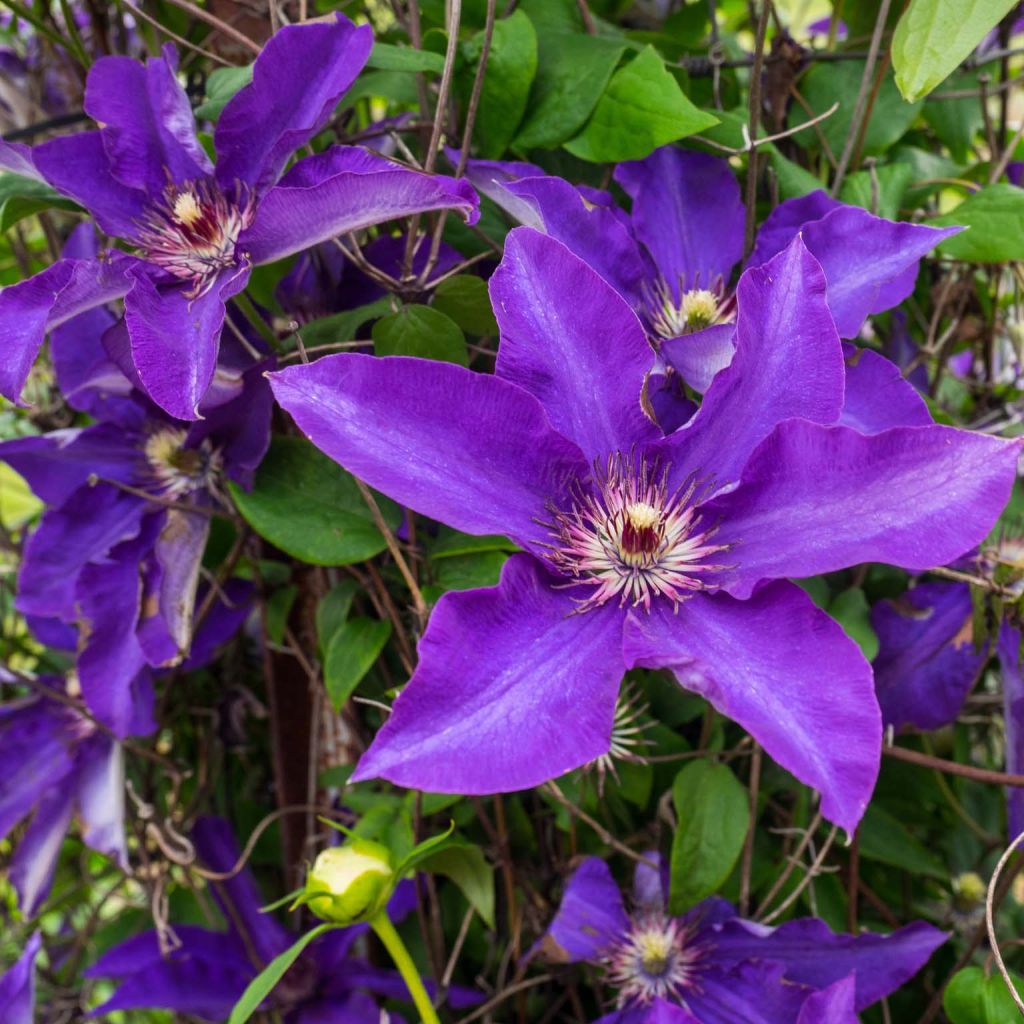

Clematis The President
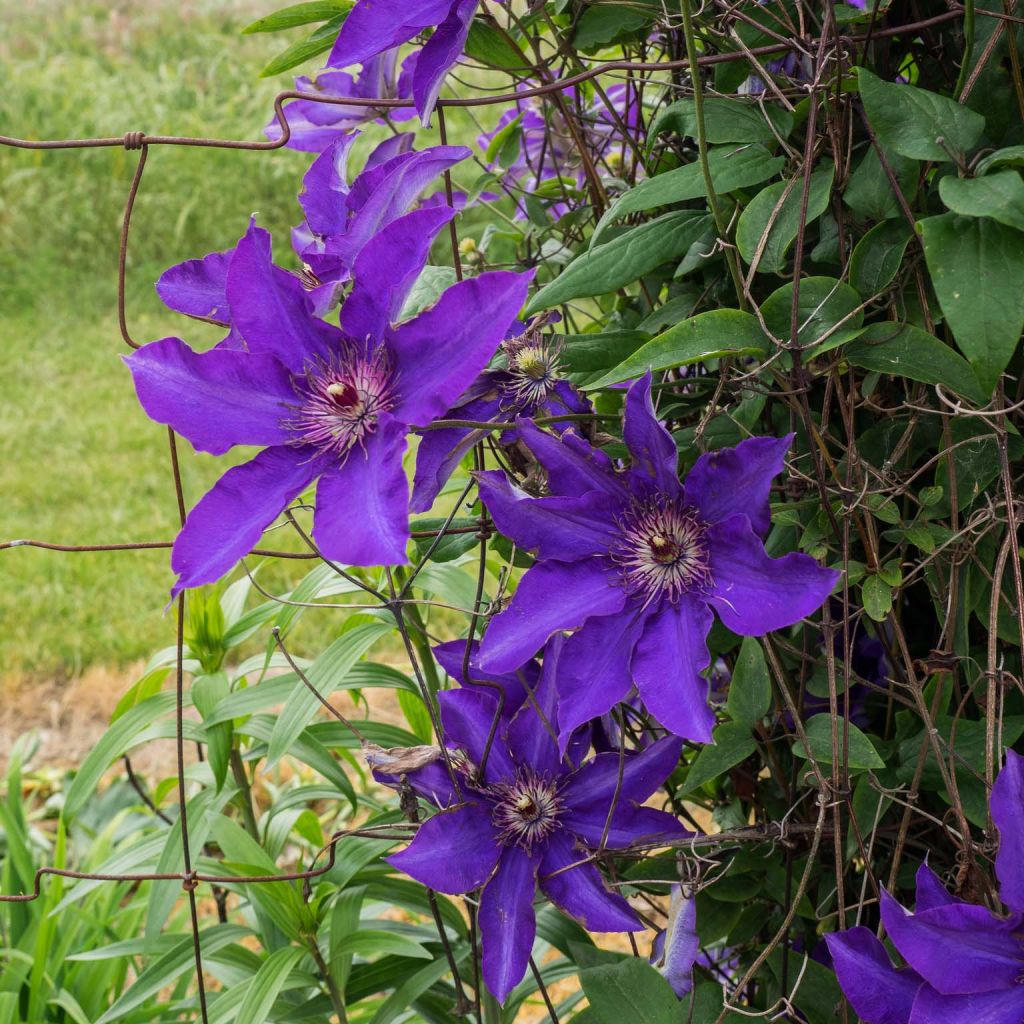

Clematis The President
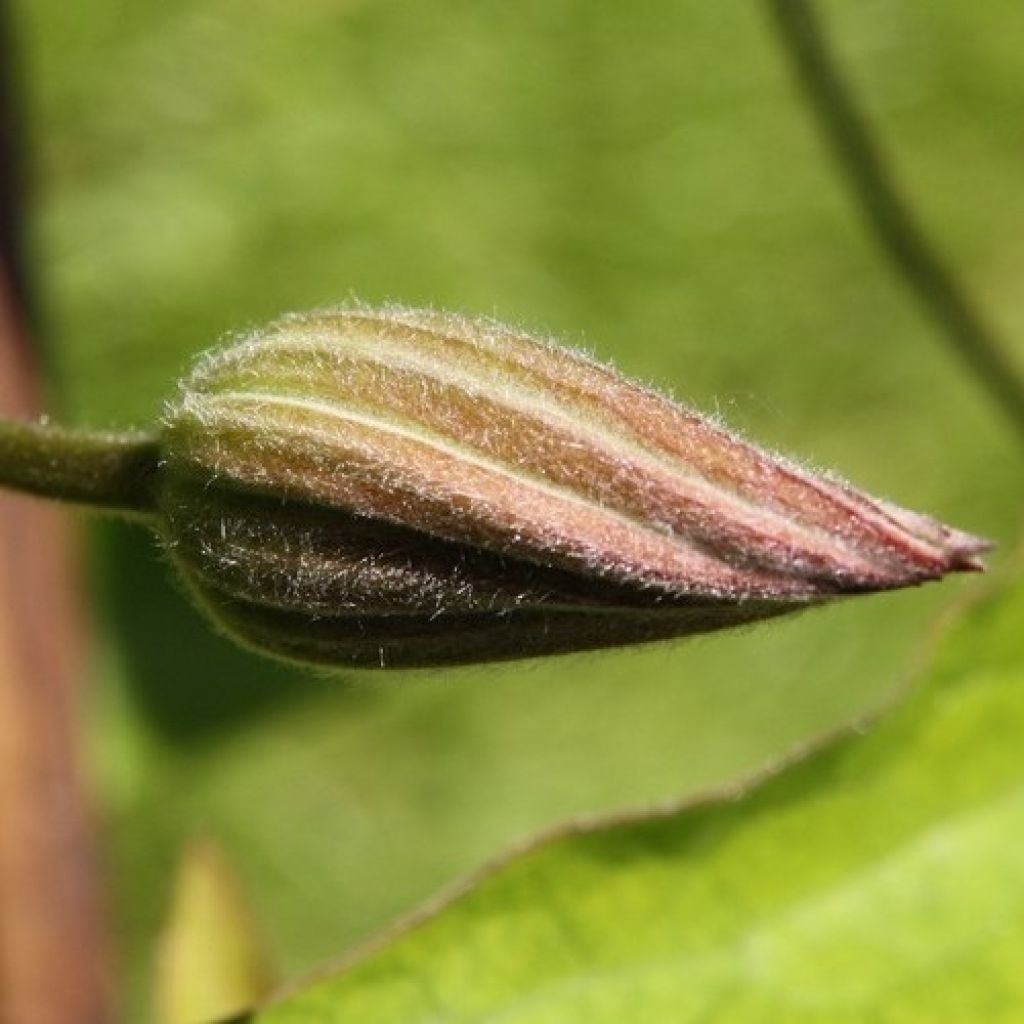

Clematis The President
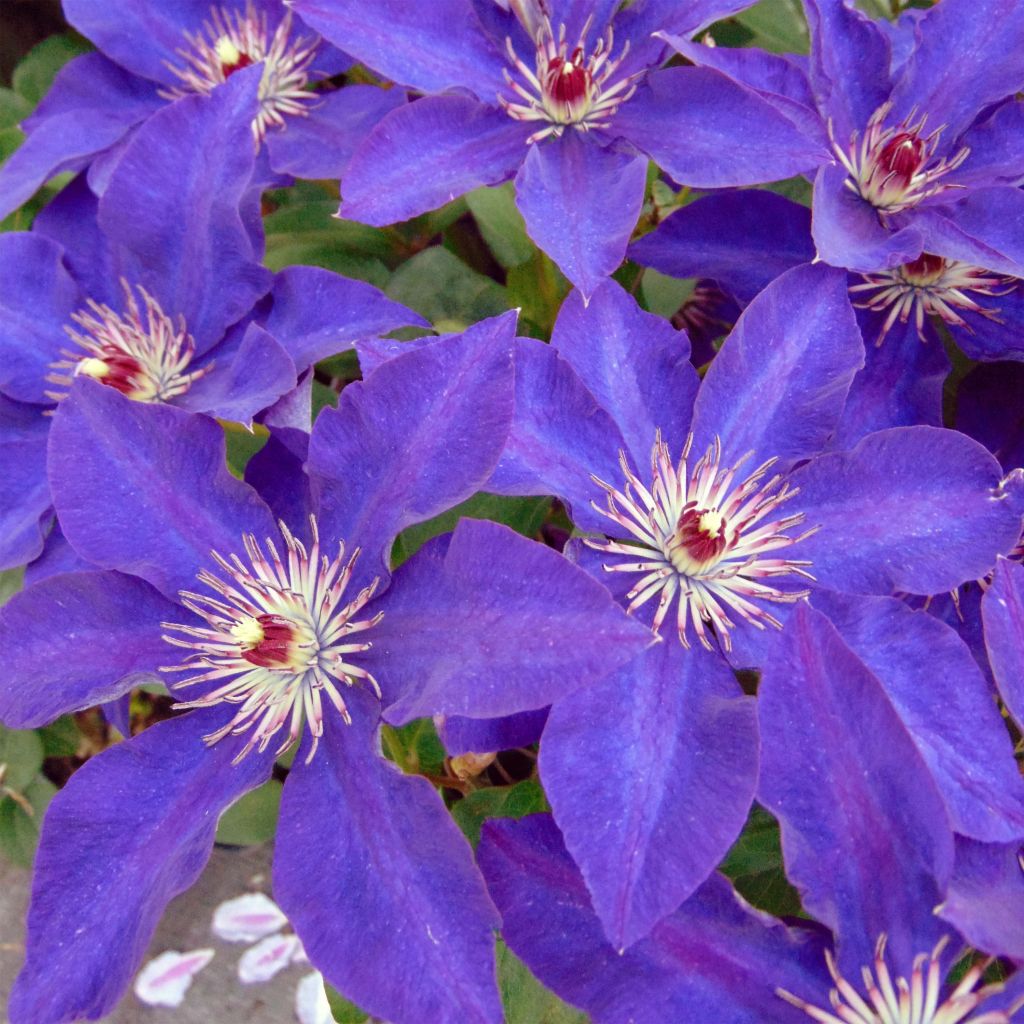

Clematis The President
View more pictures
Hide images
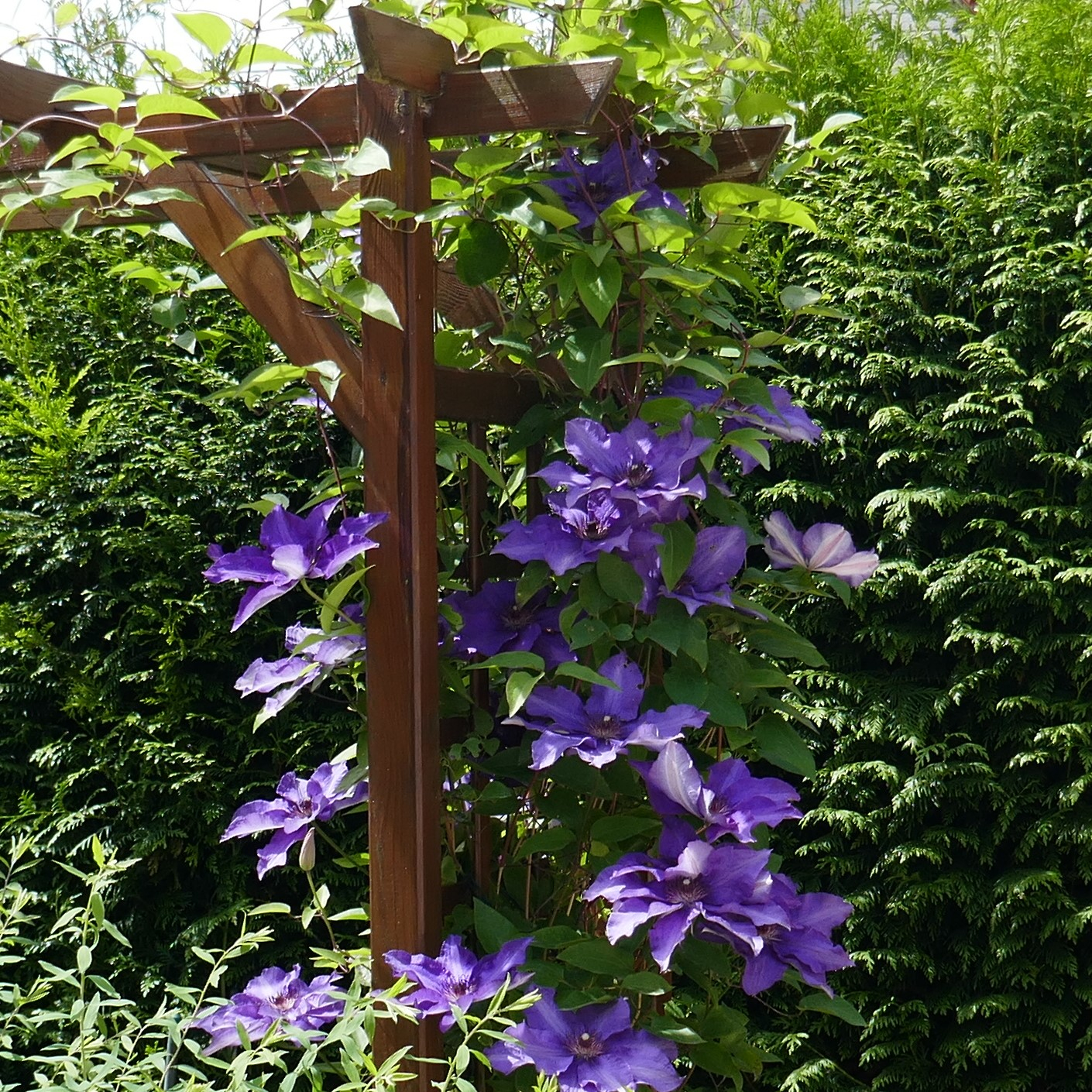
Chantal H.

Clematis The President
Chantal H. • 62 FR
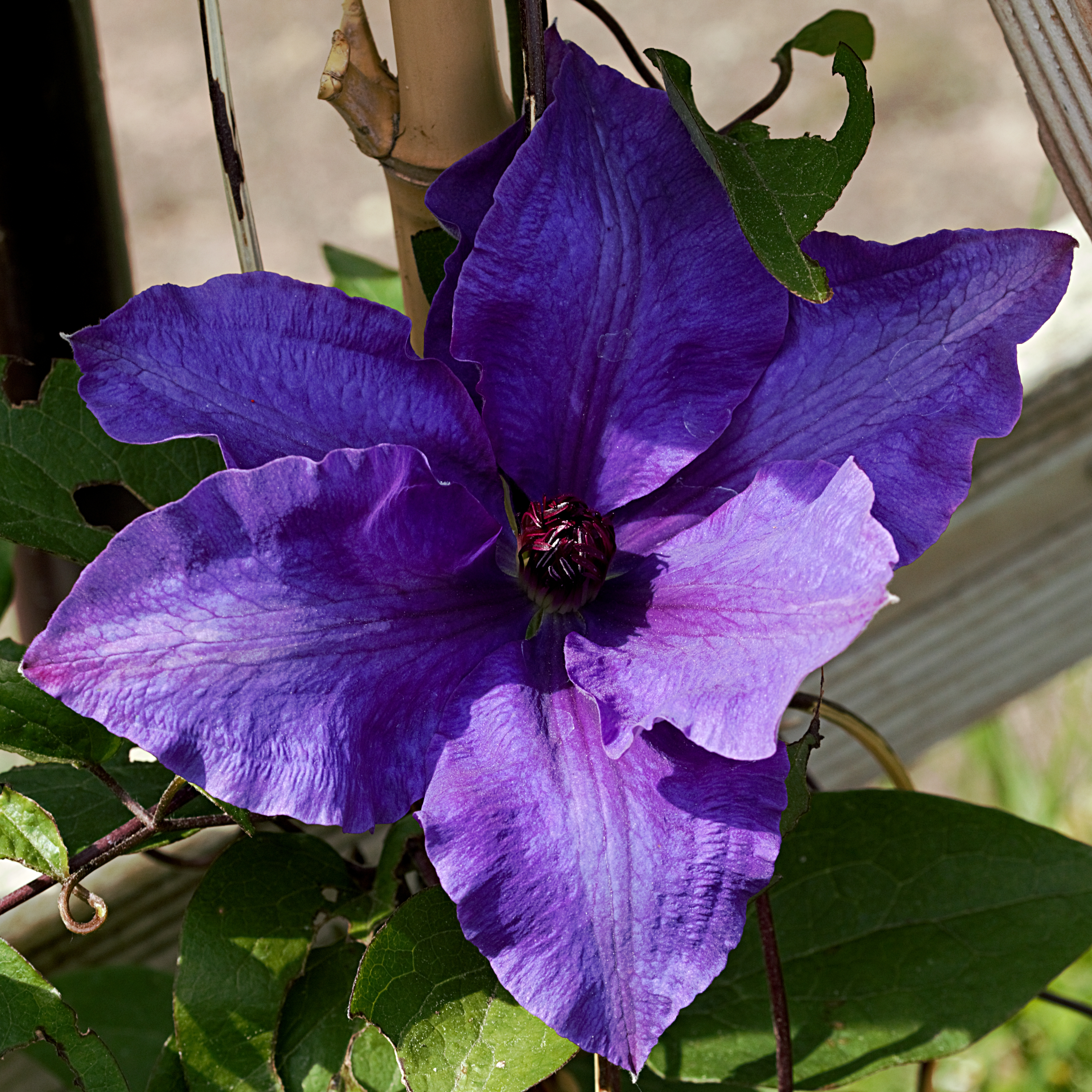
Renee G.

Renee G. • 85 FR
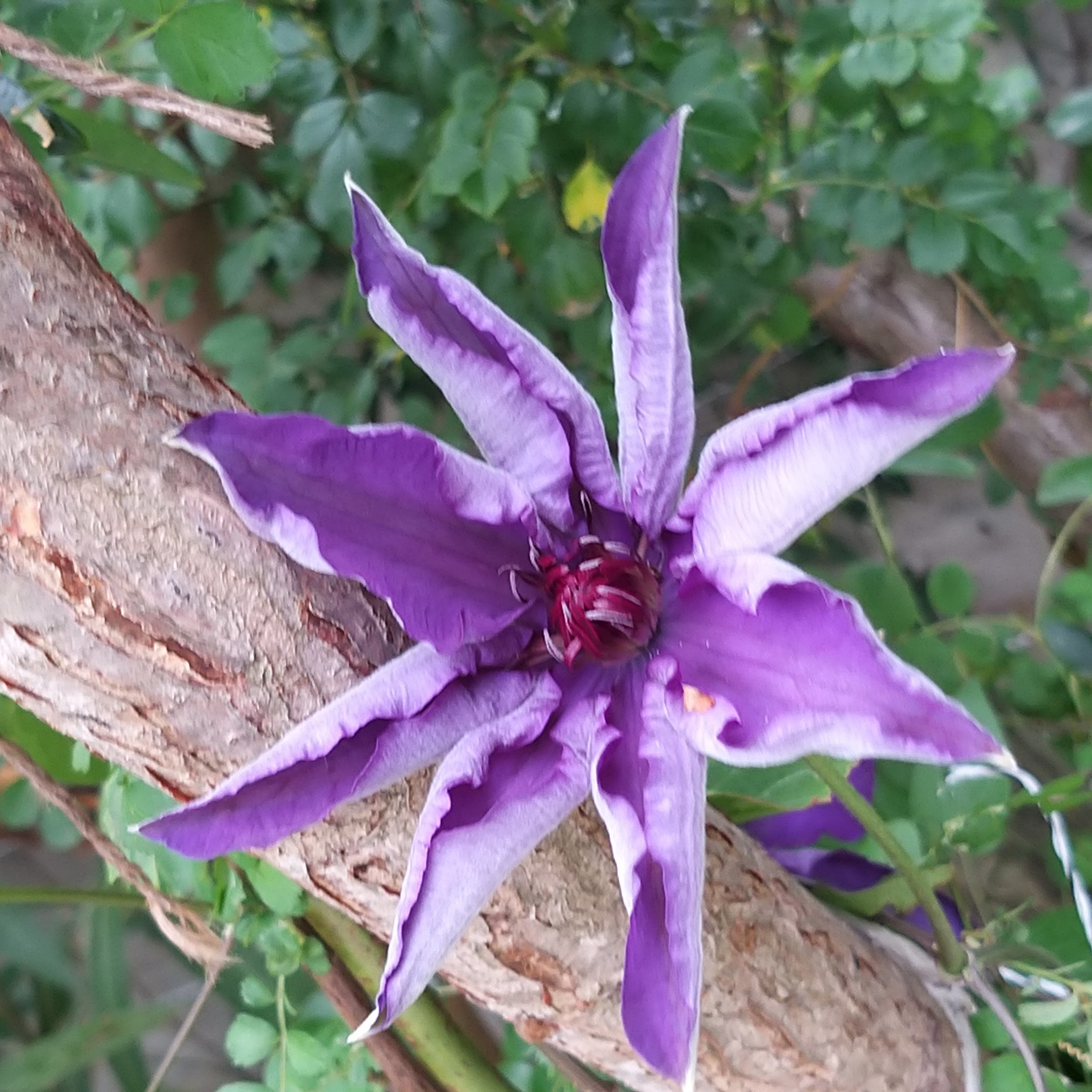
Thierry P.

No text to translate.
Thierry P. • 84 FR
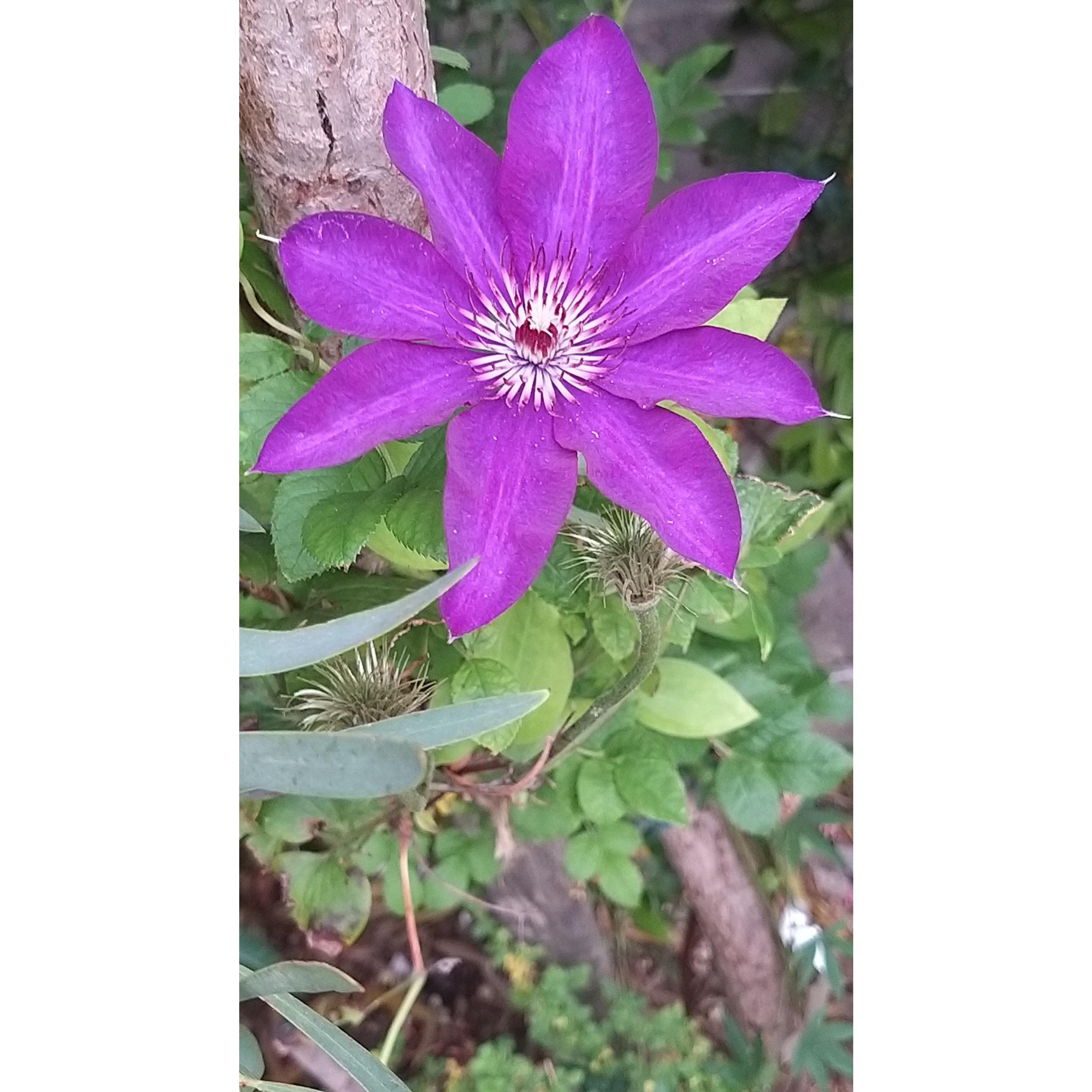
Thierry P.

June flowering - image 9
Thierry P. • 84 FR

Thierry P.

Flowering in June - image 8
Thierry P. • 84 FR
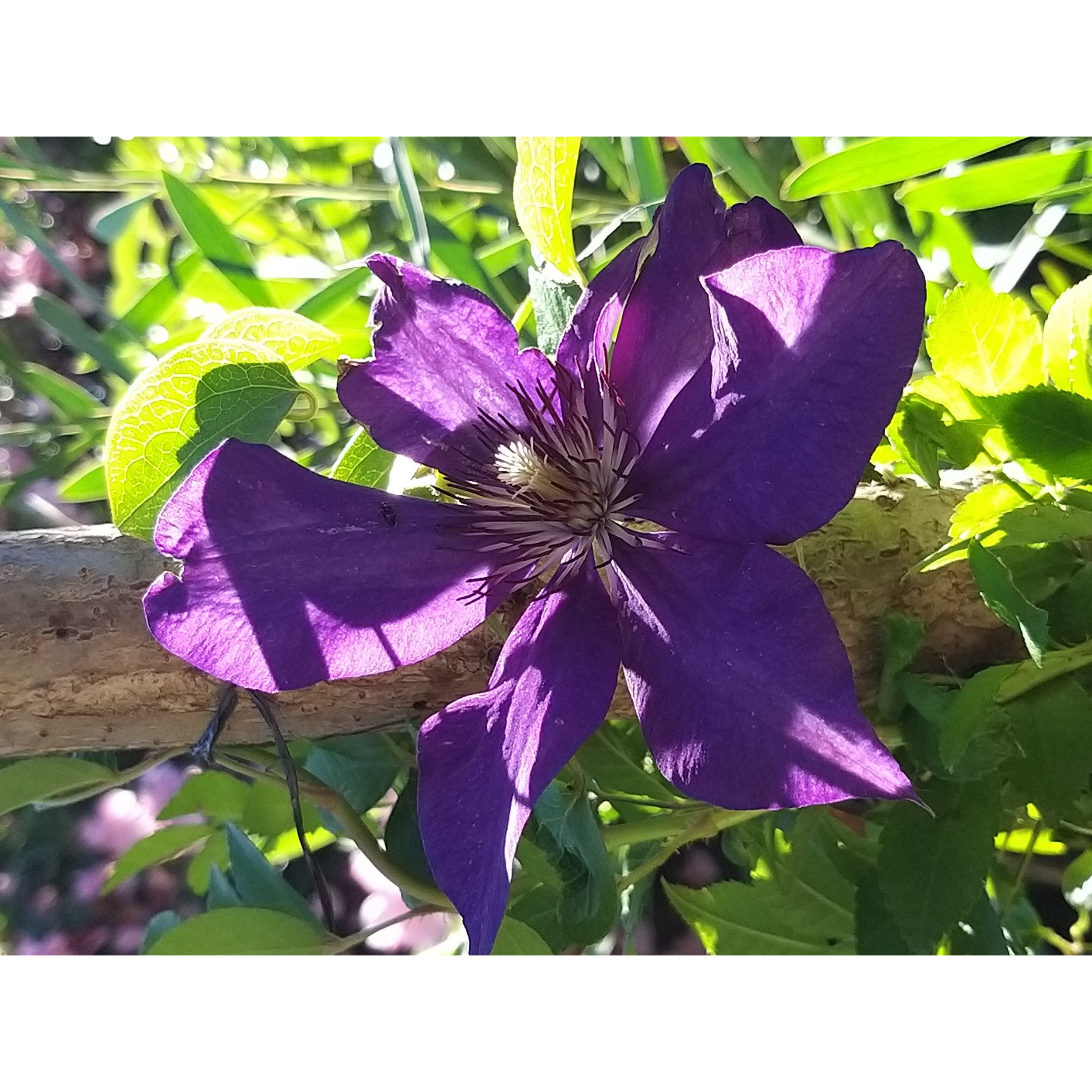
Thierry P.

No text to translate.
Thierry P. • 84 FR
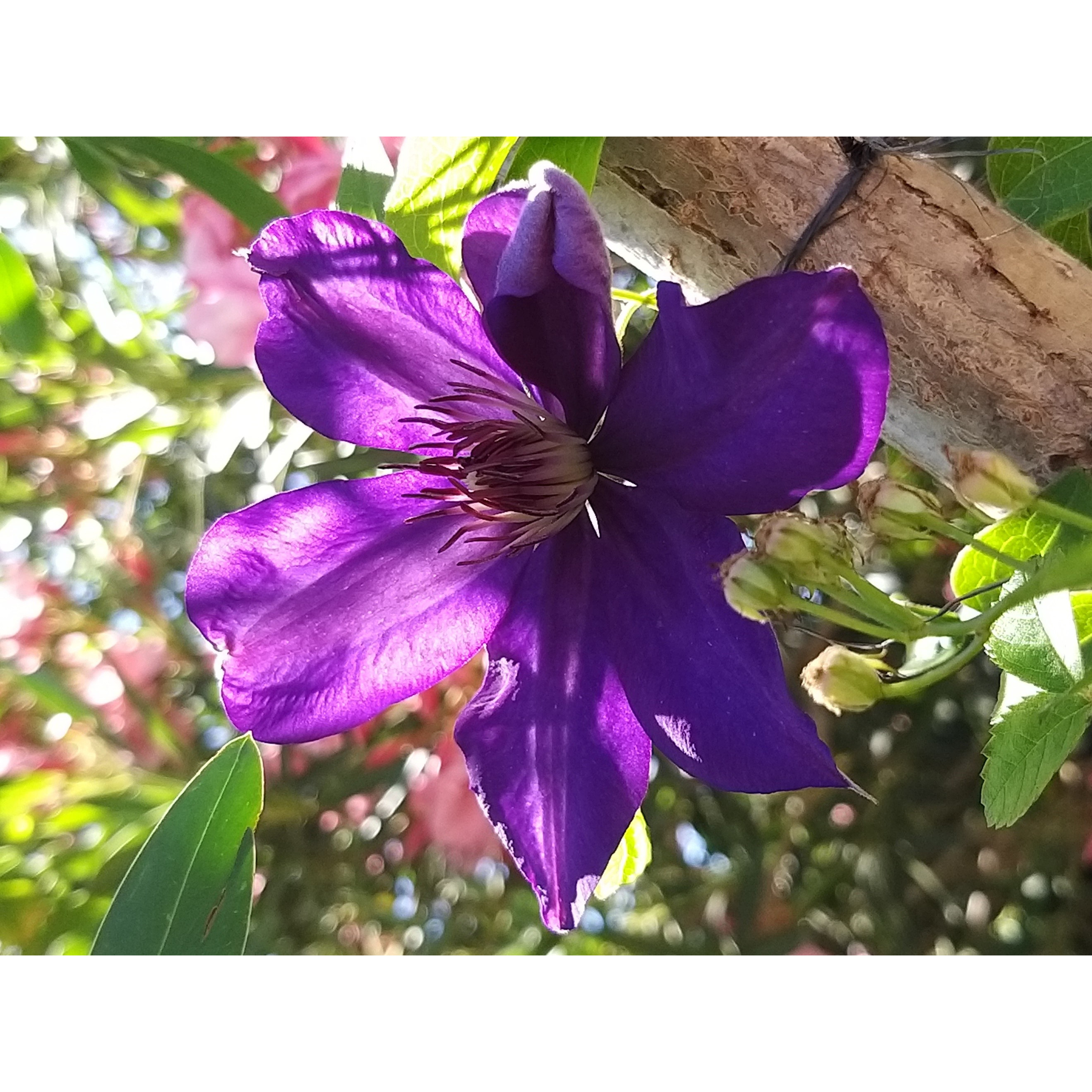
Thierry P.

Flowering in June - picture 2 - It climbs on a Rhus Typhina.
Thierry P. • 84 FR

Claude B.

This is a plant I've always wanted to have in my garden and I finally got it from Promesse de fleurs. The Clematis 'The President' arrived in perfect condition, well-packaged and healthy. I planted it right away and now it's blooming beautifully in my gard
Claude B. • 56 FR
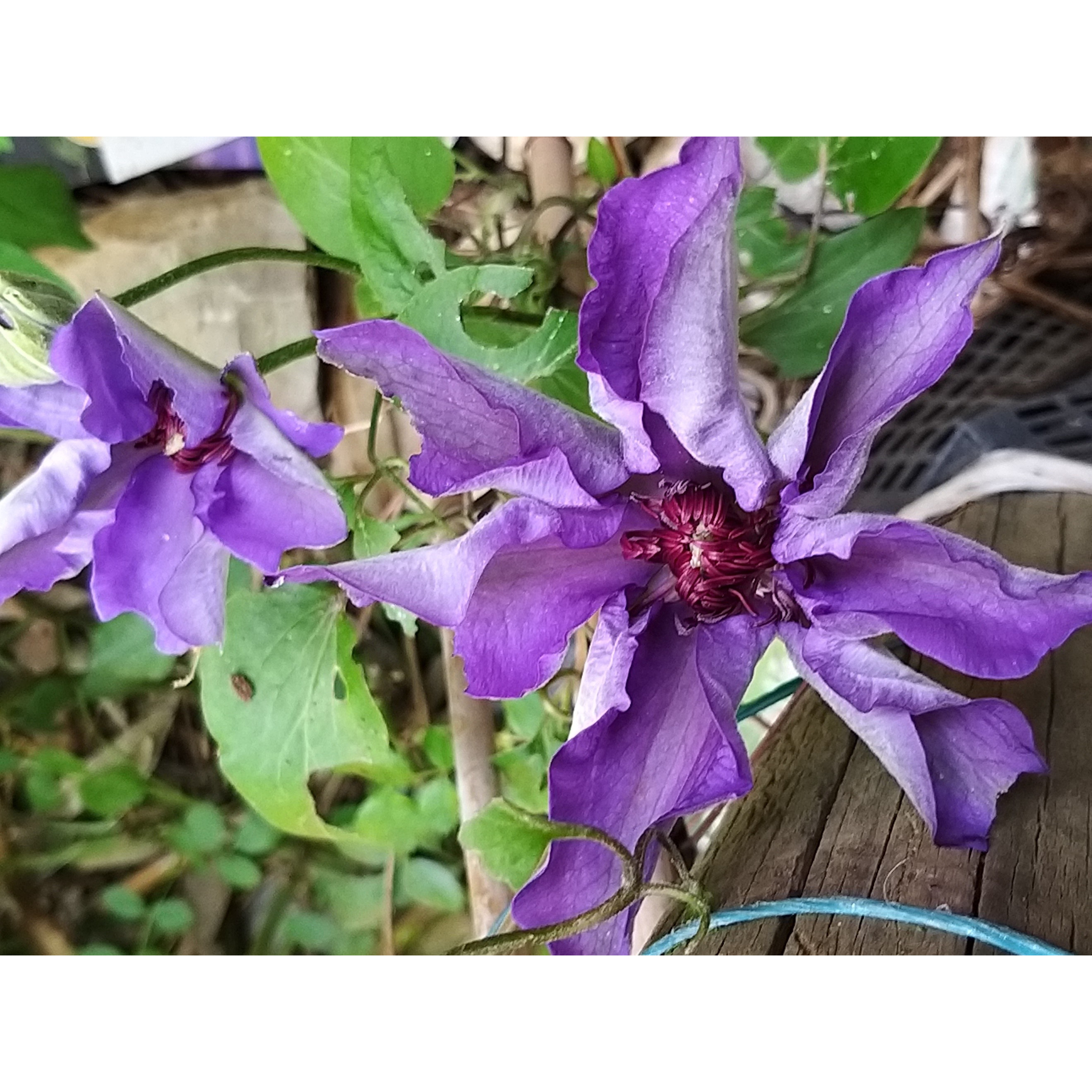
Thierry P.

April flowering - image 1
Thierry P. • 84 FR
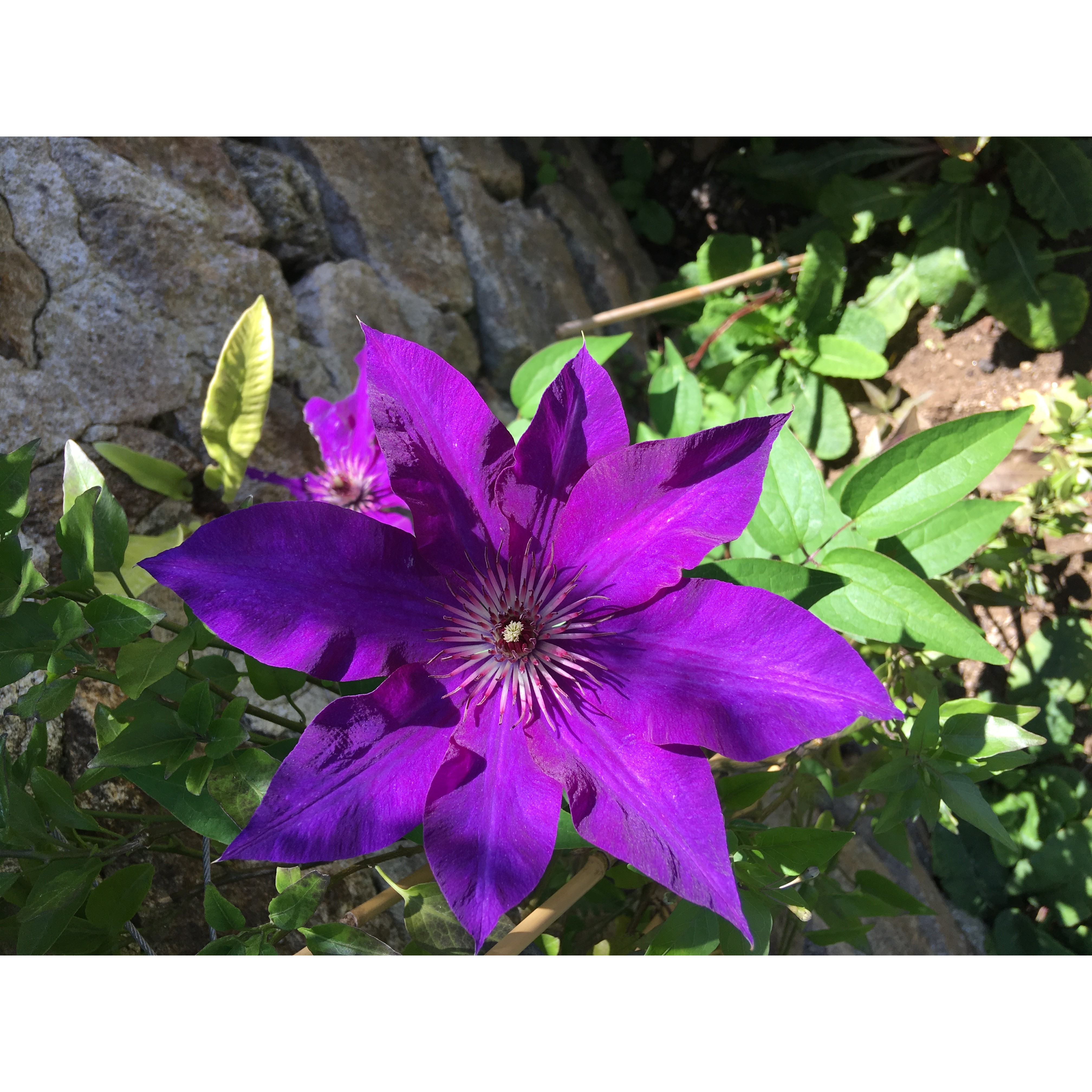
Claude B.

Clematis The President
Claude B. • 56 FR
Clematis The President
Clematis x jackmanii The President
Jackman's Clematis
The young plant is recovering calmly. The photos in the description are very pretty.
Ludivine, 18/02/2025
Special offer!
Receive a €20 voucher for any order over €90 (excluding delivery costs, credit notes, and plastic-free options)!
1- Add your favorite plants to your cart.
2- Once you have reached €90, confirm your order (you can even choose the delivery date!).
3- As soon as your order is shipped, you will receive an email containing your voucher code, valid for 3 months (90 days).
Your voucher is unique and can only be used once, for any order with a minimum value of €20, excluding delivery costs.
Can be combined with other current offers, non-divisible and non-refundable.
Home or relay delivery (depending on size and destination)
Schedule delivery date,
and select date in basket
This plant carries a 6 months recovery warranty
More information
We guarantee the quality of our plants for a full growing cycle, and will replace at our expense any plant that fails to recover under normal climatic and planting conditions.


Would this plant suit my garden?
Set up your Plantfit profile →
Description
The Clematis 'The President', obtained in 1873 in England by Charles Noble, remains to this day one of the most planted varieties in European gardens. It must be said that even among recent cultivars, very few can equal it, both in terms of the extraordinarily bright colour of its large blue-violet flowers with silver undersides, and its generosity and robustness in the garden. It blooms early in the spring, for 2 months, then blooms again in late summer, covered in an abundance of flowers that can be seen from afar. The modest size of this small climber allows it to conquer a bush or a large trellis on the terrace, planted in a large pot.
Clematis belong to the family of ranunculaceae. They are found in both hemispheres, especially in Europe, the Himalayas, China, Australia, North and Central America. The variety 'The President' is an old horticultural hybrid of, among others, Clematis jackmanii, distinguished in 1996 by an Award of Garden Merit awarded by the prestigious Royal Horticultural Society. This perfectly perennial plant is hardy, semi-woody and climbing, reaching about 3m (10ft) in height, with a minimum spread of 2m (7ft). Its stems are quite slender and brittle, especially in windy conditions.
This clematis bears star-shaped flowers with eight overlapping petals, 10 to 18 cm (4 to 7in) in diameter, which appear in May-June (sometimes as early as April) on the shoots from the previous year's wood, and then again on the shoots of the current year, in late summer, in August-September. The flowers are solitary or grouped in clusters and particularly abundant. They are upright and have 8 undulate-edged petals of a solid colour, a deep, vibrant blue-violet, shining and enhanced by a silver underside. The centre of the flower is adorned with a heart of cream filaments and purple anthers. The flowering is followed by decorative feathery silver-grey fruits that persist until winter. The pinnate leaves, with oval, glabrous leaflets, are of the patens type, a fairly dark green. This clematis clings to the support or host plant through petioles transformed into tendrils.
Plant your clematis alongside your climbing roses or vines to prolong the flowering of your walls and pergolas until the end of summer. It is a genus rich in diversity, with varieties available in all colours, shapes and sizes. Take advantage of their ease of cultivation to give your garden, as well as your balcony, a romantic and bohemian touch. 'The President', like perennial sweet peas, loves to weave its way through bushes and performs very well in a large pot, with its base in the shade and its head in the sun.
Clematis The President in pictures
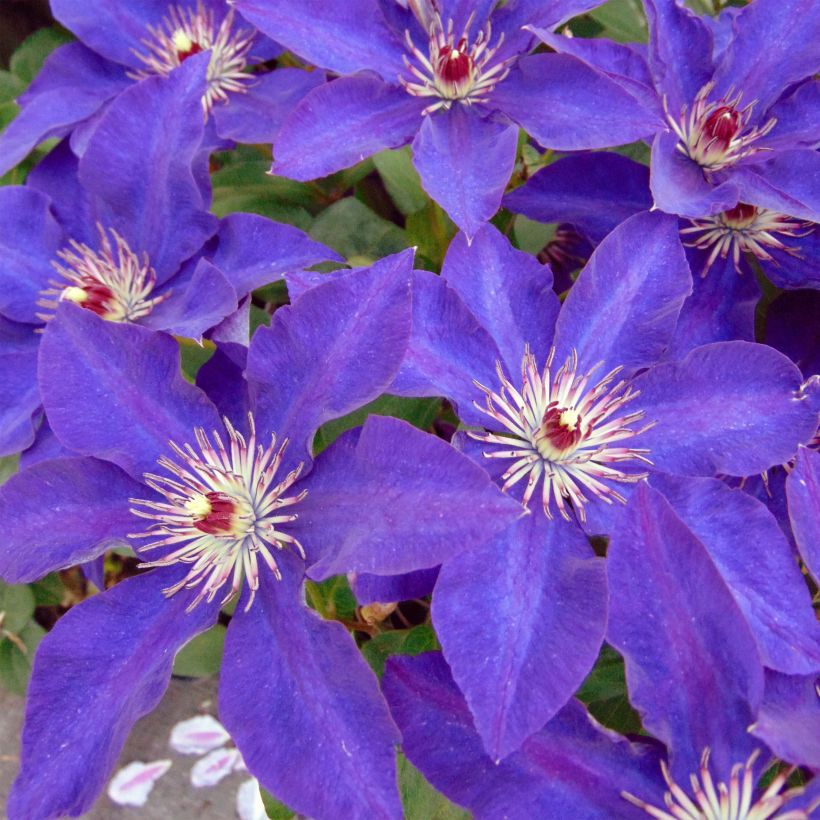

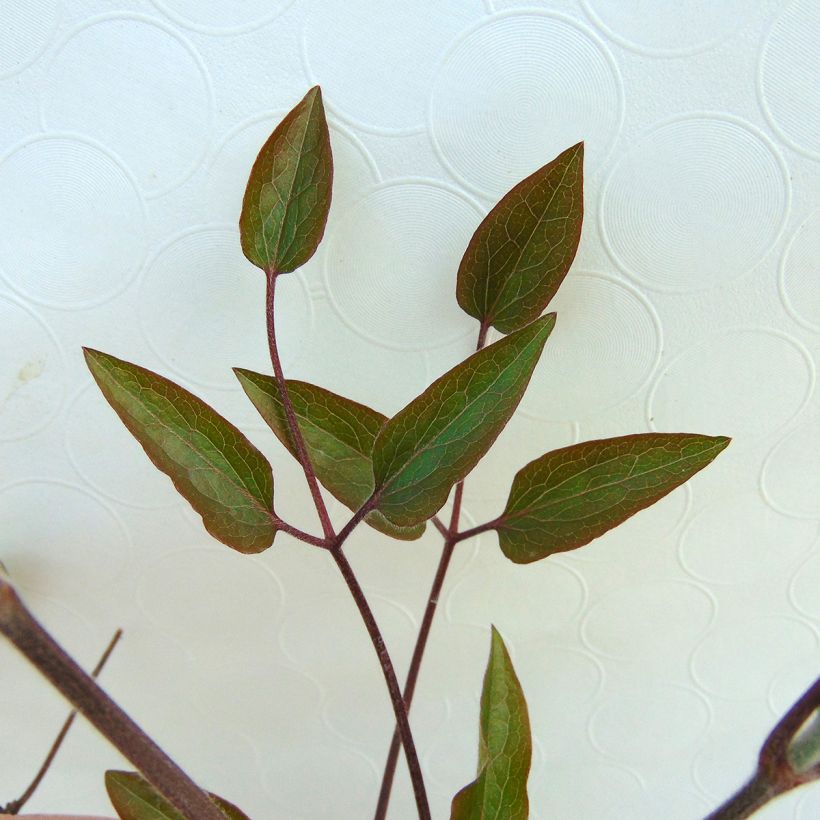

Plant habit
Flowering
Foliage
Botanical data
Clematis
x jackmanii
The President
Ranunculaceae
Jackman's Clematis
Cultivar or hybrid
Other Clematis Viticella
View all →Planting and care
The Clematis 'The President' will appreciate a situation of sun or light shade near a tree. Plant it in a fertile, humus-rich soil, especially well-drained, shading the roots and the base of the stem (with a flat tile, for example). In general, the clematis wilts in soil that is too wet or poorly drained. Install it by covering the root ball with 3 cm (1in) of soil, in soil worked to a depth of 20 cm (8in), lightened with good compost and coarse sand. After planting, cut back the clematis stems to about 30 cm (12in) above a nice pair of buds. During the first few weeks, water regularly. However, be careful not to let the water stagnate as this can cause a fungus to develop at the base, often fatal for the plant. Mulch all clematis plants in February with garden compost or well-rotted manure, avoiding direct contact with the stems. Train the stems, without squeezing them, until the plant can grip on its own. Clematis plants also like to grow freely on neighbouring plants.
After a few years, cover the base of your climbing clematis with a small mound of soil, this will reduce the risk of wilting while promoting the growth of vigorous shoots from the stump. Voles and grey worms can attack clematis plants and devour the stems. Aphids and greenhouse whiteflies are also potential parasites of clematis plants.
Planting period
Intended location
Care
Planting & care advice
-
, onOrder confirmed
Reply from on Promesse de fleurs
Similar products
Haven't found what you were looking for?
Hardiness is the lowest winter temperature a plant can endure without suffering serious damage or even dying. However, hardiness is affected by location (a sheltered area, such as a patio), protection (winter cover) and soil type (hardiness is improved by well-drained soil).

Photo Sharing Terms & Conditions
In order to encourage gardeners to interact and share their experiences, Promesse de fleurs offers various media enabling content to be uploaded onto its Site - in particular via the ‘Photo sharing’ module.
The User agrees to refrain from:
- Posting any content that is illegal, prejudicial, insulting, racist, inciteful to hatred, revisionist, contrary to public decency, that infringes on privacy or on the privacy rights of third parties, in particular the publicity rights of persons and goods, intellectual property rights, or the right to privacy.
- Submitting content on behalf of a third party;
- Impersonate the identity of a third party and/or publish any personal information about a third party;
In general, the User undertakes to refrain from any unethical behaviour.
All Content (in particular text, comments, files, images, photos, videos, creative works, etc.), which may be subject to property or intellectual property rights, image or other private rights, shall remain the property of the User, subject to the limited rights granted by the terms of the licence granted by Promesse de fleurs as stated below. Users are at liberty to publish or not to publish such Content on the Site, notably via the ‘Photo Sharing’ facility, and accept that this Content shall be made public and freely accessible, notably on the Internet.
Users further acknowledge, undertake to have ,and guarantee that they hold all necessary rights and permissions to publish such material on the Site, in particular with regard to the legislation in force pertaining to any privacy, property, intellectual property, image, or contractual rights, or rights of any other nature. By publishing such Content on the Site, Users acknowledge accepting full liability as publishers of the Content within the meaning of the law, and grant Promesse de fleurs, free of charge, an inclusive, worldwide licence for the said Content for the entire duration of its publication, including all reproduction, representation, up/downloading, displaying, performing, transmission, and storage rights.
Users also grant permission for their name to be linked to the Content and accept that this link may not always be made available.
By engaging in posting material, Users consent to their Content becoming automatically accessible on the Internet, in particular on other sites and/or blogs and/or web pages of the Promesse de fleurs site, including in particular social pages and the Promesse de fleurs catalogue.
Users may secure the removal of entrusted content free of charge by issuing a simple request via our contact form.
The flowering period indicated on our website applies to countries and regions located in USDA zone 8 (France, the United Kingdom, Ireland, the Netherlands, etc.)
It will vary according to where you live:
- In zones 9 to 10 (Italy, Spain, Greece, etc.), flowering will occur about 2 to 4 weeks earlier.
- In zones 6 to 7 (Germany, Poland, Slovenia, and lower mountainous regions), flowering will be delayed by 2 to 3 weeks.
- In zone 5 (Central Europe, Scandinavia), blooming will be delayed by 3 to 5 weeks.
In temperate climates, pruning of spring-flowering shrubs (forsythia, spireas, etc.) should be done just after flowering.
Pruning of summer-flowering shrubs (Indian Lilac, Perovskia, etc.) can be done in winter or spring.
In cold regions as well as with frost-sensitive plants, avoid pruning too early when severe frosts may still occur.
The planting period indicated on our website applies to countries and regions located in USDA zone 8 (France, United Kingdom, Ireland, Netherlands).
It will vary according to where you live:
- In Mediterranean zones (Marseille, Madrid, Milan, etc.), autumn and winter are the best planting periods.
- In continental zones (Strasbourg, Munich, Vienna, etc.), delay planting by 2 to 3 weeks in spring and bring it forward by 2 to 4 weeks in autumn.
- In mountainous regions (the Alps, Pyrenees, Carpathians, etc.), it is best to plant in late spring (May-June) or late summer (August-September).
The harvesting period indicated on our website applies to countries and regions in USDA zone 8 (France, England, Ireland, the Netherlands).
In colder areas (Scandinavia, Poland, Austria...) fruit and vegetable harvests are likely to be delayed by 3-4 weeks.
In warmer areas (Italy, Spain, Greece, etc.), harvesting will probably take place earlier, depending on weather conditions.
The sowing periods indicated on our website apply to countries and regions within USDA Zone 8 (France, UK, Ireland, Netherlands).
In colder areas (Scandinavia, Poland, Austria...), delay any outdoor sowing by 3-4 weeks, or sow under glass.
In warmer climes (Italy, Spain, Greece, etc.), bring outdoor sowing forward by a few weeks.































